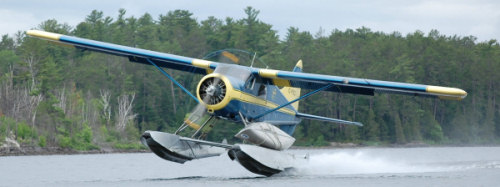In 1940, the British Direct Purchase Commission in the US was looking for combat aircraft; they ordered 675 of the export version Bell Model 14 as the "Caribou" on the strength
of the company's representations on 13 April 1940. The performance of the Bell P-39 prototype and 13 test aircraft which were able to achieve a speed of 390 mph (630 km/h)
at altitude was due to the installation of turbo-supercharging. The British armament was two nose mounted 0.50 in (12.7 mm) machine guns, and four 0.303 in (7.7 mm) Browning
machine guns in the wings; the 37 mm gun was replaced by a 20 mm (.79 in) Hispano-Suiza.
The British export models were renamed "Airacobra" in 1941. A further 150 were specified for delivery under Lend-lease in 1941 but these were not supplied. The Royal Air Force (RAF)
took delivery in mid 1941 and found that performance of the non-turbo-supercharged production aircraft differed markedly from what they were expecting. In some areas, the Airacobra
was inferior to existing aircraft such as the Hawker Hurricane and Supermarine Spitfire and its performance at altitude suffered drastically. Tests by the R.A.E at Boscombe Down
showed the Airacobra reached 355 mph (571 km/h) at 13,000 ft (3,962 m). The cockpit layout was criticized, and it was noted that the pilot would have difficulty in baling out in an
emergency because the cockpit roof could not be jettisoned. The lack of a clear vision panel on the windscreen assembly meant that in the event of heavy rain the pilot's forward view
would be completely obliterated; the pilot's notes advised that in this case the door windows would have to be lowered and the speed reduced to 150 mph (241 km/h) On the other
hand it was considered effective for low level fighter and ground attack work. Problems with gun and exhaust flash suppression and the compass could be fixed.
No. 601 Squadron RAF was the only British unit to use the Airacobra operationally, receiving their first two examples on 6 August 1941. On 9 October, four Airacobras attacked enemy
barges near Dunkirk, in the type's only operational action with the RAF. The squadron continued to train with the Airacobra during the winter, but a combination of poor serviceability and
deep distrust of this unfamiliar fighter resulted in the RAF rejecting the type after one combat mission. In March 1942, the unit re-equipped with Spitfires.
The Airacobras already in the UK, along with the remainder of the first batch being built in the US, were sent to the Soviet Air force, the sole exception being AH574, which was passed to
the Royal Navy and used for experimental work, including the first carrier landing by a tricycle undercarriage aircraft on 4 April 1945 on HMS Pretoria Castle, until it was scrapped on the
recommendation of a visiting Bell test pilot in March 1946.
The United States requisitioned 200 of the next part of the order as the P-400. The P-400 designation came from advertised top speed of 400 mph (644 km/h). After Pearl Harbor,
the P-400 was deployed to training units, but some saw combat in the Southwest Pacific including with the Cactus Air Force in the Battle of Guadalcanal. Though outclassed by
Japanese fighter planes, it performed well in strafing and bombing runs, often proving deadly in ground attacks on Japanese forces trying to retake Henderson Field. Guns salvaged
from P-39s were sometimes fitted to Navy PT boats to increase firepower.
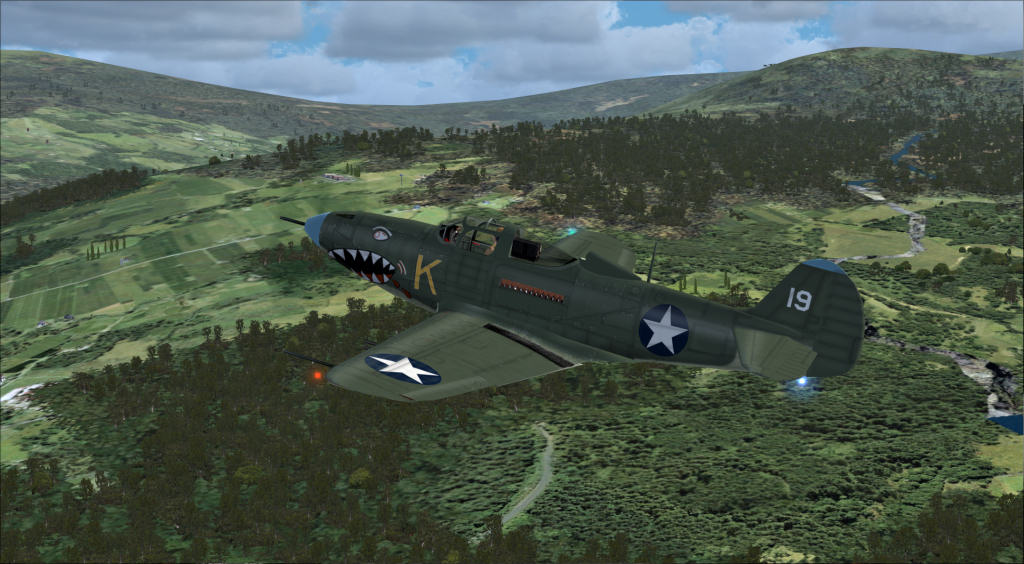
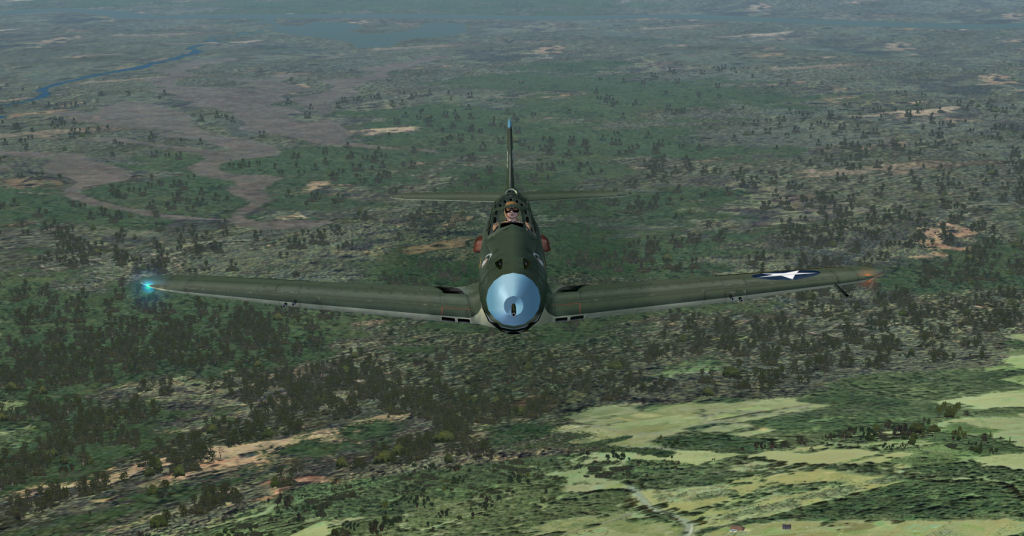
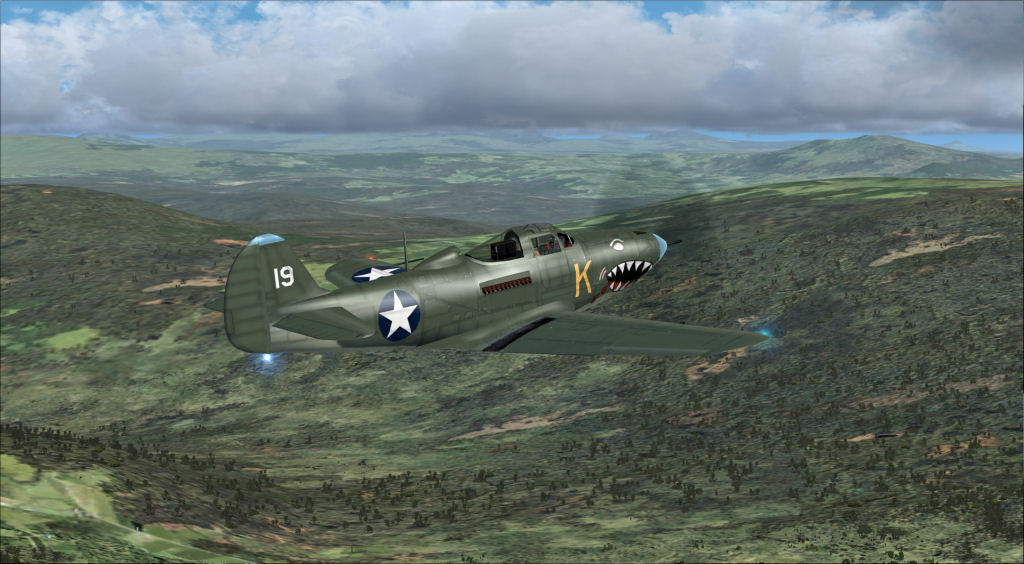
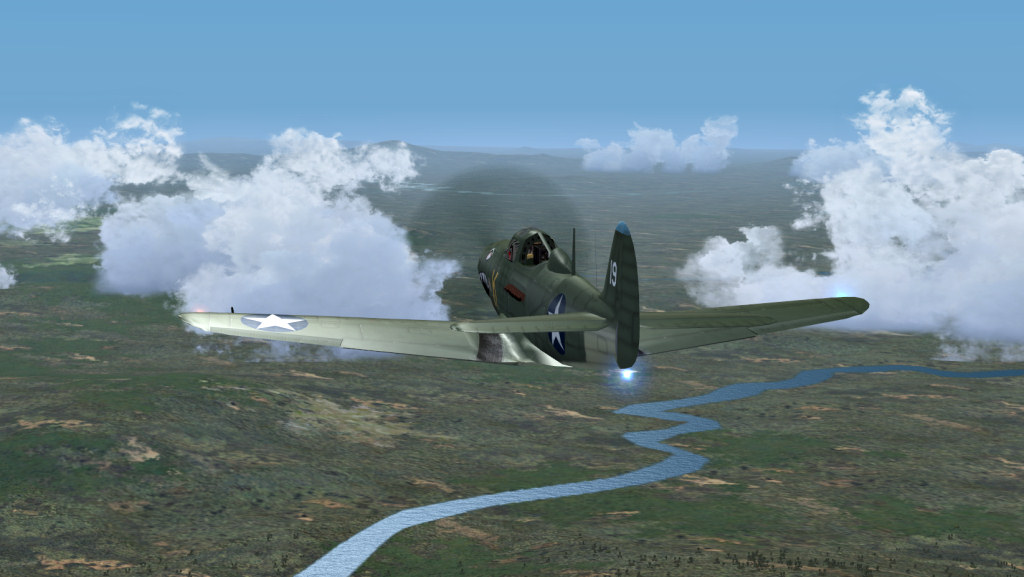
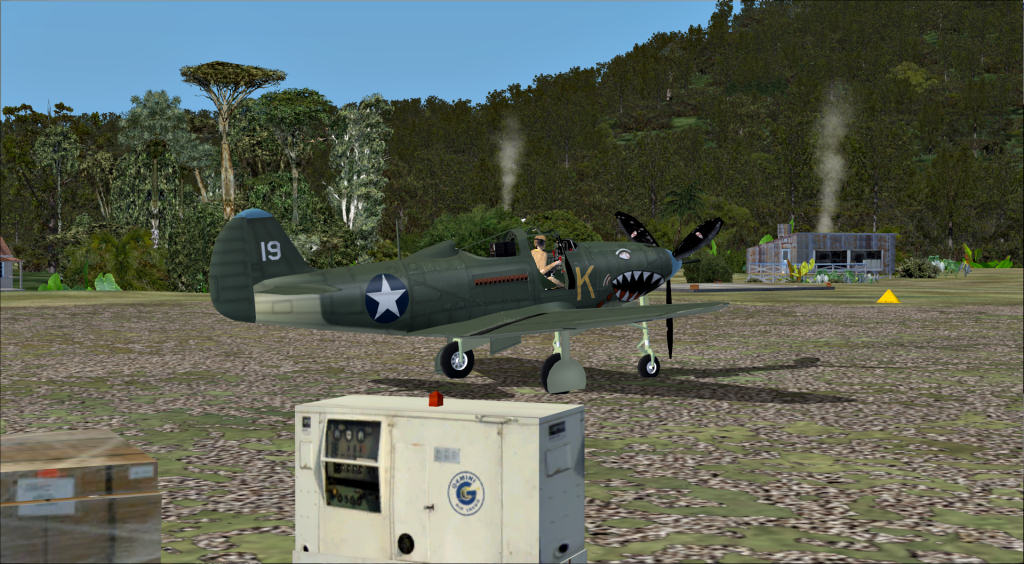
Thanks for looking.


